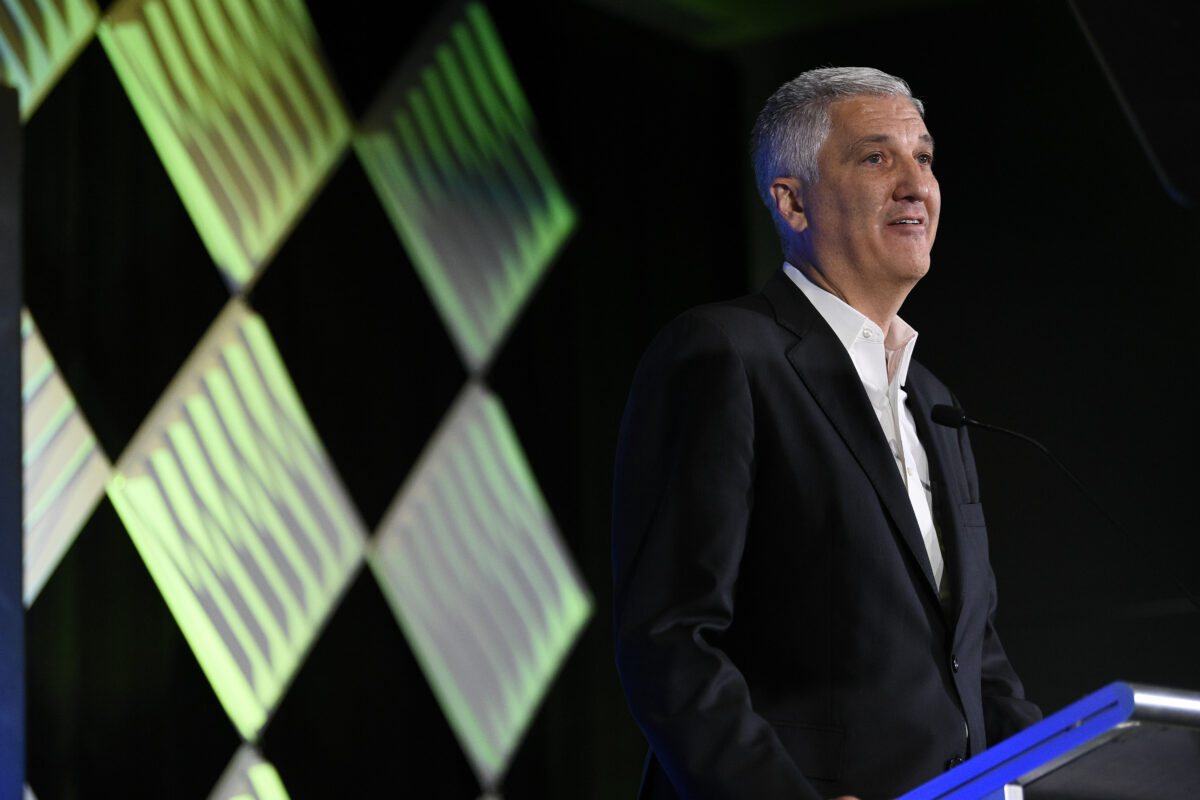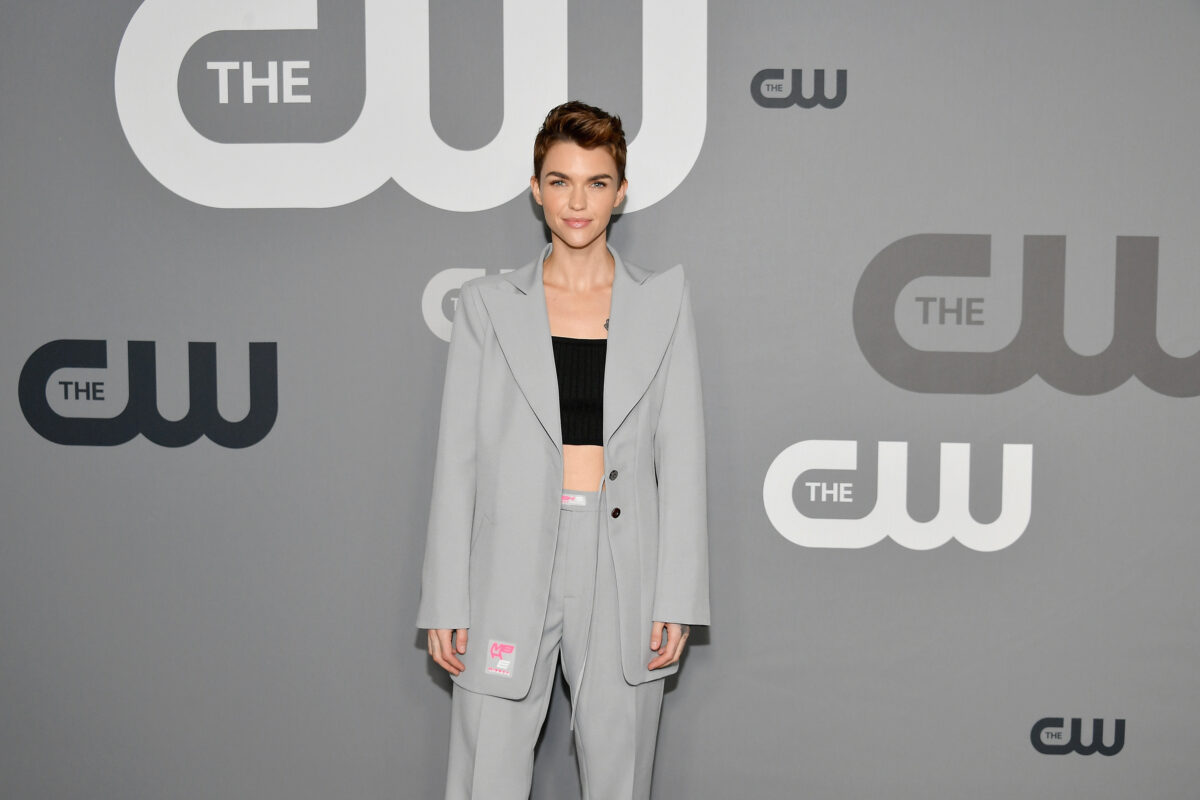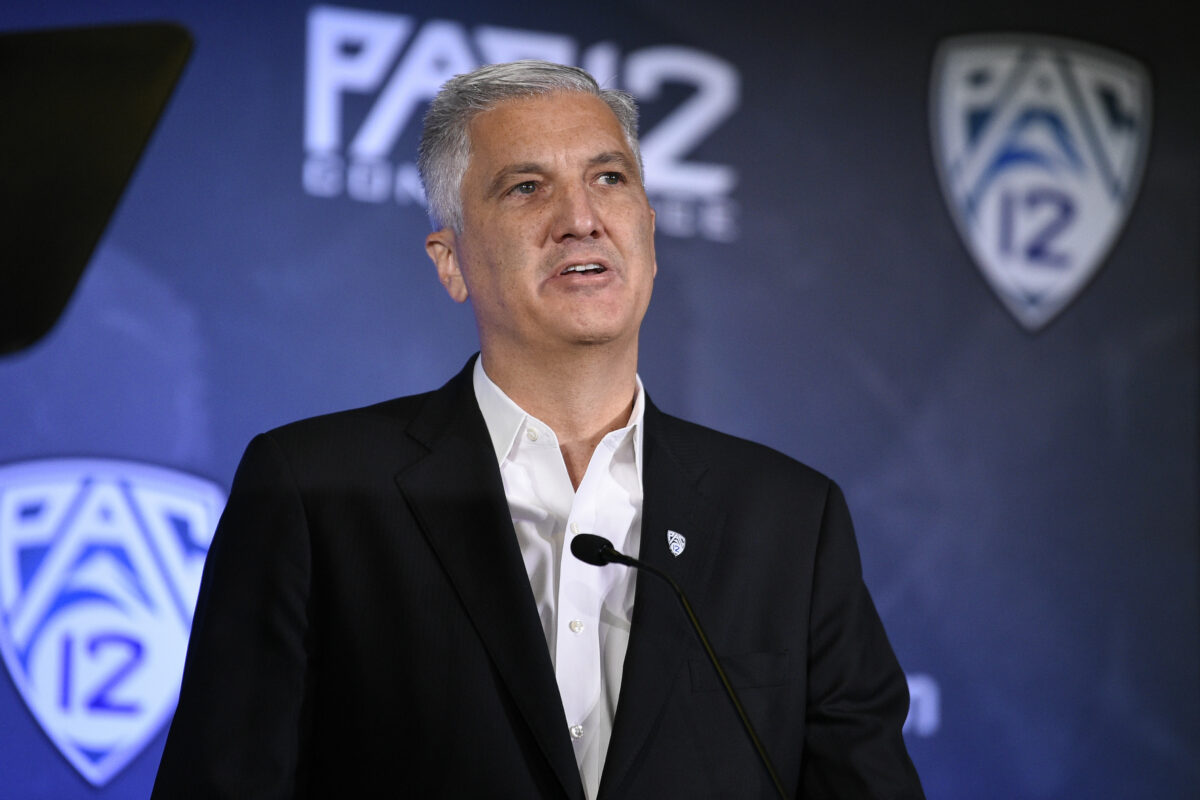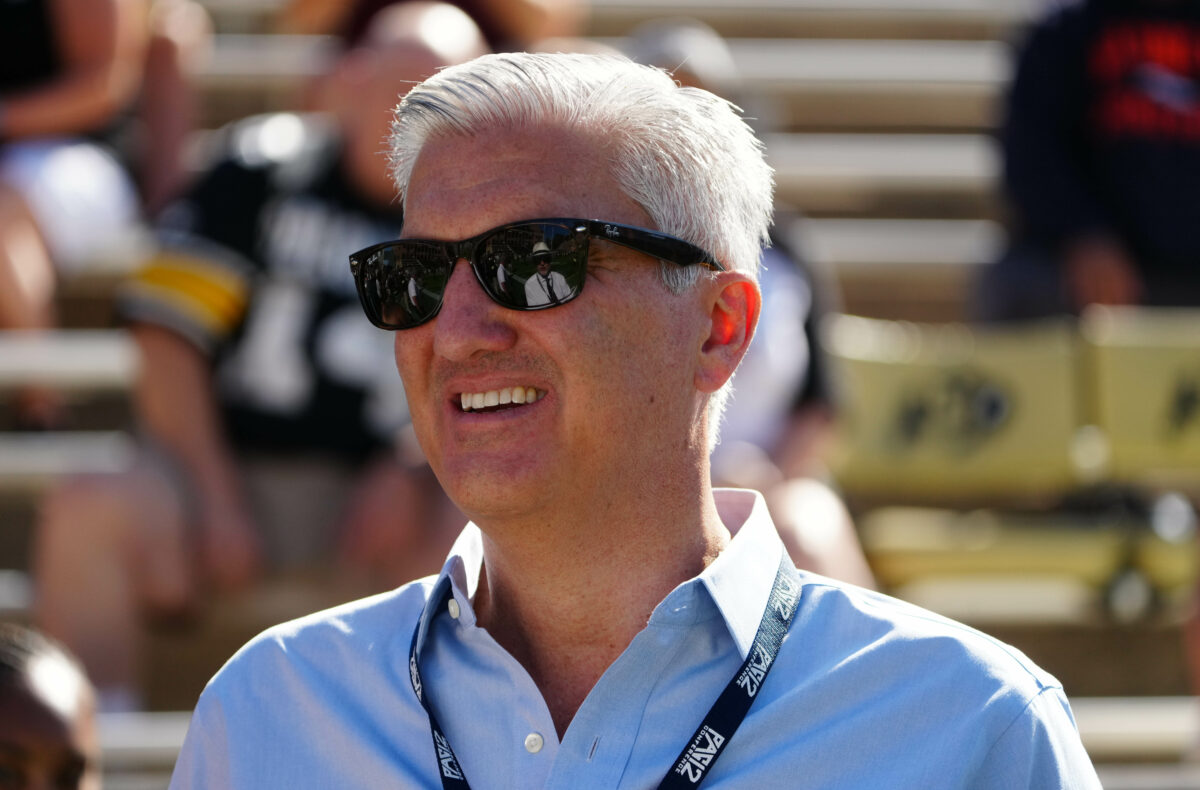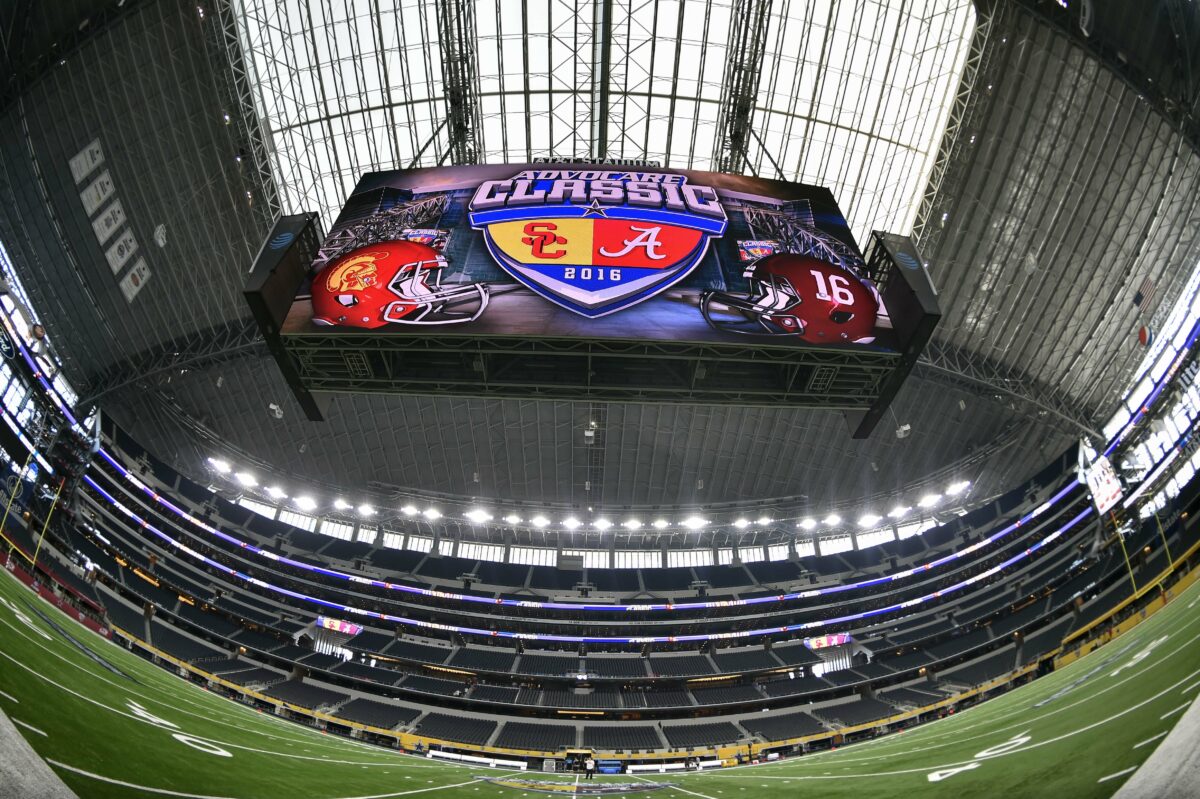In life, it is generally unwise to put all of one’s eggs in a single basket and hope for the perfect scenario. Yet, there are times when people and groups feel they have to bet big. They have to go for it. They have to seek the ideal outcome so that they never live with the regret that they failed to pursue maximum results. As a gambler might say, why cash out midway through a bet when you can win the whole thing?
Sometimes, people gamble. The Pac-12 might feel it has to gamble on an ideal outcome in its media rights negotiations instead of playing it safe.
With Pac-12 media day approaching on Friday, July 21, this tension between ensuring the conference’s survival (protection) and gambling on a home-run scenario (more risk and more reward) is coming into sharper focus.
At his Substack, Pac-12 columnist John Canzano pointed to a possible (but not necessarily likely) scenario the conference might be holding out for:
“Iger’s comments about ESPN taking an equity partner are interesting. Apple, Amazon and Google have piles of cash and are already in the streaming business. That kind of strategic partnership could benefit ESPN, the Pac-12 and all of the college sports world,” Canzano wrote in response to a reader question.
In a separate response to another question, Canzano wrote this:
“A marriage between Apple and ESPN with the Pac-12 serving as ‘best man’ would be worth the wait. But that may not be what happens, exactly. The delay and shift in the TV industry may simply result in the market settling, finding direction and the Pac-12 getting a deal that gives it ample revenue and distribution.”
Imagine a situation in which Apple, Amazon or Google become an equity partner with ESPN as ESPN moves more fully into the streaming space. That marriage happens, and then the Pac-12 strikes a very lucrative deal.
If there’s one scenario in which waiting until after Pac-12 media day to announce a media rights deal makes any sense at all, that’s it. That’s the scenario.
But: Does the Pac-12 want to gamble like that and put all its eggs in one basket? As Clint Eastwood said, “Do you feel lucky?”
The Pac-12 doesn’t hold all the cards. Balancing risk and reward is not a clear-cut call.
Pac-12 media day is July 21. We have you covered here at Trojans Wire. Stay with us for extensive coverage of all the news which flows from Las Vegas.
[lawrence-auto-related count=1 tag=696092235]



